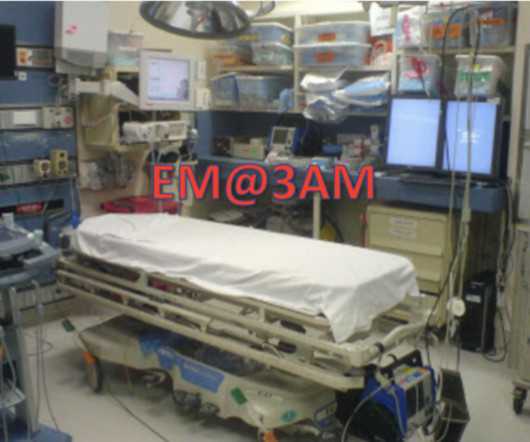EM@3AM: Leukopenia
EMDocs
JANUARY 25, 2025
Well keep it short, while you keep that EM brain sharp. Clinical practice guideline for the use of antimicrobial agents in neutropenic patients with cancer: 2010 update by the infectious diseases society of america. 10^9/L) Moderate (0.50.9 10^9/L) Severe (< 0.5 10^9/L) Generalized leukopenia (i.e. Medications: 25.6%













Let's personalize your content